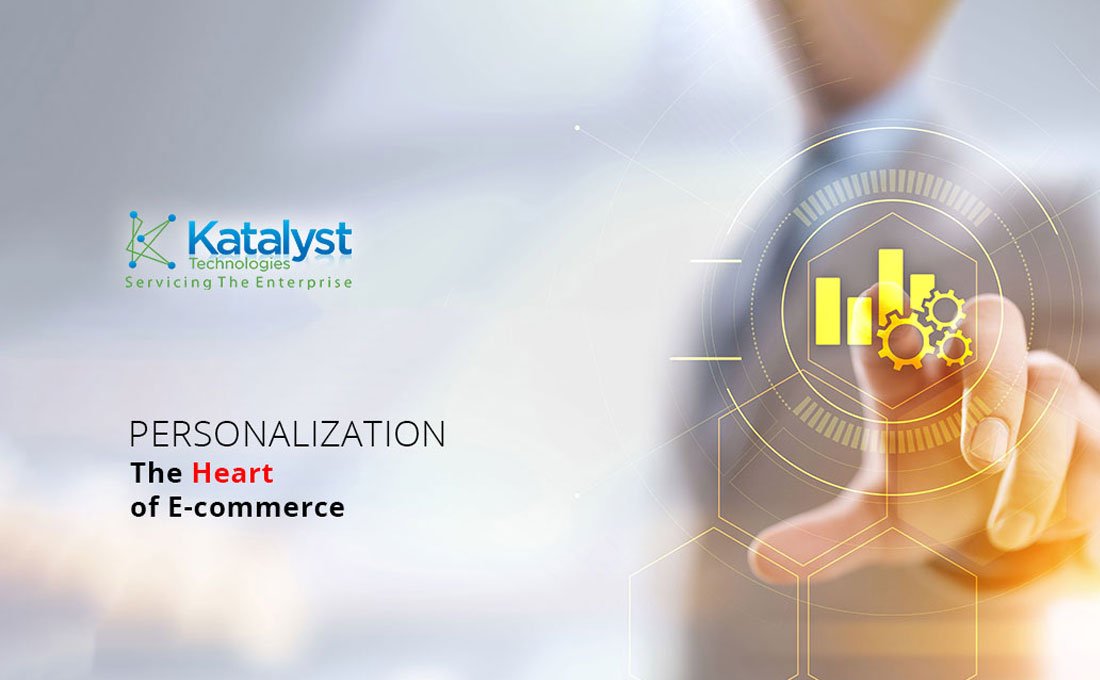
A century ago, automobile manufacturer and assembly line innovator Henry Ford staunchly advocated against individuality, famously boasting that customers could purchase a Model T in any color they wanted, “so long as it is black.” His overly practical approach allowed Ford to mass-produce millions of cars annually, but nowadays, that attitude would result in lost sales and minimal brand loyalty. Indeed, Evergage research indicates that a whopping 98% of marketers consider personalization vital to improving customer relationships. Meanwhile, 40% of executives surveyed by Forbes say that personalization has directly boosted sales figures.
Despite their best intentions though, companies are not meeting expectations. “Marketers are failing at what the consumer wants,” says Michael Buczkowski, a digital marketing executive who founded The MAB Group. “Consumers’ expectations have been set by [companies] like Netflix and Amazon and others, especially in the e-Commerce field, where they’ve been very adept at providing personalized user content for their guests.”
Personalization has been a key component of e-Commerce essentially since its inception. Suggesting complementary products and keeping track of consumers’ browsing preferences have become ingrained into the shopping experience. But now companies have more options that can make the customer experience even more individualized.
How to Begin a Personalization Strategy
- Consider your end goals and branding.
Say you hope to remind customers that they have items sitting in their shopping cart that they have yet to purchase. An email a few days later can incentivize them to place the order, especially if it maintains the tone and style of your brand.
- Use data to your advantage.
Beyond recognizing individual customers’ purchasing trends, utilize the information that they freely provide. Use their first name in all communication. Keep track of birthdays to send special promo offers. Buczkowski points to Netflix as a pioneer in personalization. In September 2000, when the company’s future was in doubt, Blockbuster rejected a $50 million offer to buy them out. As a result, “[Netflix] embraced the data to do personalization, and they embraced the technology,” Buczkowski says. Netflix revenue neared $16 billion in 2018. Blockbuster filed for bankruptcy in 2010.
- Customize the homepage as much as possible.
When customers are greeted with an exclusive, personalized experience upon first clicking on a website, they are more likely to find appealing offers that will lead to a purchase.
- Look for shortcuts.
“You hear a lot about the purchase journey, and they imply that the purchase journey is distinct for everybody,” Buczkowski says. “The reality is that you and I may have three distinct steps in the journey that are unique to us, but we may have two steps that are the same.” Hyper-segmentation will allow you to maintain personalization but take advantage of overlapping steps in the customer journey.
- Don’t jump to conclusions.
Personalizing offers based on a user’s activity is a great strategy. Just don’t make the same mistake Pinterest did when it congratulated users who frequented wedding content on their upcoming nuptials…including many who were not getting married.
What Are the Benefits?
- Increased sales
Epsilon research suggests that 80% of consumers are more likely to make a purchase when the experience is personalized. With the amount of competition out there, this could very well prove the deciding factor in where customers shop. Additionally, since personalization allows for suggested products, they may purchase even more items.
- Loyalty
According to a Forrester Consulting study, 84% of marketers say that personalization leads to increased customer loyalty. It is much less expensive to retain an existing customer than it is to gain a new one, and consumers who enjoy their shopping experiences are much more likely to return.
- Customization
A Deloitte study indicates that 36% of customers are interested in purchasing personalized products, such as specifically tailored shoes or candy with unique messages, and 20% of them are willing to pay a premium. Younger consumers are especially enticed by these custom options. Offering such products is simple with Katalyst Technologies’ iDesigniBuy, which can be easily integrated into existing websites and offers a variety of customizable apparel and accessories.
Katalyst Can Help
If your organization wants to reach your customers more effectively by meeting their needs through personalization, our experts at Katalyst Technologies are available to help. Contact us to schedule a consultation.

